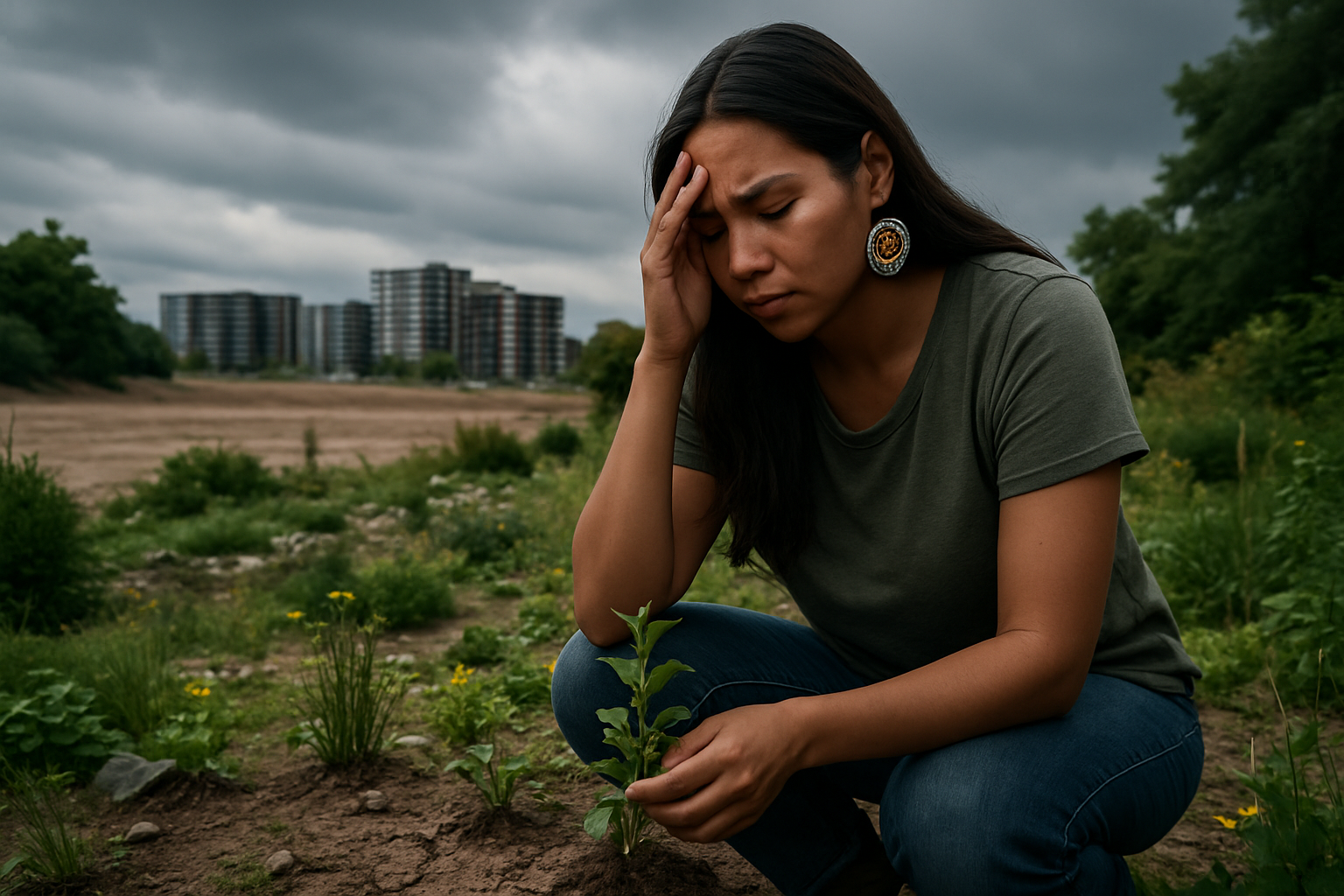Solastalgia: The Emotional Toll of Environmental Change
Introduction: In an era of rapid environmental transformation, a new psychological phenomenon is emerging. Solastalgia, the distress caused by environmental change, is reshaping our emotional landscape. This concept goes beyond eco-anxiety, delving into the profound connection between place and identity. Read below to explore how solastalgia is influencing mental health, community dynamics, and our relationship with the natural world.

The term combines ‘solace,’ referring to comfort in the face of distress, and ‘nostalgia,’ the longing for a past place or time. Solastalgia encapsulates the feeling of homesickness while still at home, as the familiar environment transforms into something unrecognizable. This phenomenon is not limited to rural areas; urban dwellers can experience solastalgia when their neighborhoods undergo rapid gentrification or redevelopment.
The Psychological Impact
Solastalgia manifests in various psychological symptoms, including feelings of loss, grief, and a sense of powerlessness. Research has shown that individuals experiencing solastalgia often report increased levels of stress, anxiety, and depression. The American Psychological Association has recognized the impact of climate change on mental health, with solastalgia being a key component of this relationship.
One of the most significant aspects of solastalgia is its ability to erode place attachment, a crucial element of psychological well-being. Place attachment refers to the emotional bond between people and their physical surroundings. When this bond is disrupted by environmental change, it can lead to a loss of identity and belonging, fundamental human needs.
Cultural and Social Implications
Solastalgia is not experienced uniformly across all populations. Indigenous communities, whose cultural identities are often deeply intertwined with specific landscapes, are particularly vulnerable. For example, Native American tribes in the United States have reported profound distress as sacred lands are altered by climate change or industrial development.
In urban settings, solastalgia can exacerbate social inequalities. Low-income neighborhoods are often the first to experience environmental degradation or displacement due to climate change adaptation measures. This can lead to a sense of environmental injustice, further compounding the psychological impact of solastalgia.
The concept also challenges traditional notions of progress and development. As communities grapple with solastalgia, there’s a growing recognition of the need to balance economic growth with environmental and cultural preservation. This shift in perspective is influencing urban planning, conservation efforts, and climate change policies worldwide.
Coping Mechanisms and Resilience
Despite its negative impacts, solastalgia has also spurred innovative coping mechanisms and community resilience. Environmental philosopher Glenn Albrecht proposed the concept of soliphilia, the love of and responsibility for a place, home, and planet, as an antidote to solastalgia. This concept encourages active engagement in environmental stewardship and community building.
Communities experiencing solastalgia have developed various strategies to maintain their connection to place. These include documenting local history through oral traditions and photography, creating community gardens, and engaging in ecological restoration projects. Such initiatives not only help preserve cultural memory but also foster a sense of agency in the face of environmental change.
Mental health professionals are increasingly incorporating nature-based therapies and eco-psychology into their practice to address solastalgia. These approaches recognize the therapeutic value of nature and aim to rebuild the connection between individuals and their environment.
The Future of Solastalgia Research
As environmental changes accelerate due to climate change, urbanization, and industrial development, solastalgia is likely to become an increasingly prevalent issue. Researchers are now exploring the long-term impacts of solastalgia on public health, social cohesion, and environmental policy.
One emerging area of study is the potential for positive transformation through solastalgia. Some researchers argue that the distress caused by environmental change can catalyze individual and collective action, leading to more sustainable practices and stronger community bonds.
The concept of solastalgia is also influencing fields beyond psychology and environmental studies. Urban planners are incorporating solastalgia research into their designs, aiming to create more resilient and adaptable cityscapes. Similarly, conservation biologists are considering the human emotional dimension in their efforts to preserve ecosystems.
As our understanding of solastalgia evolves, it becomes clear that addressing this phenomenon requires a multidisciplinary approach. By recognizing the profound connection between environmental health and human well-being, we can develop more holistic strategies for navigating the challenges of our changing world. Solastalgia, while a source of distress, may ultimately guide us towards a more empathetic and sustainable relationship with our environment.





